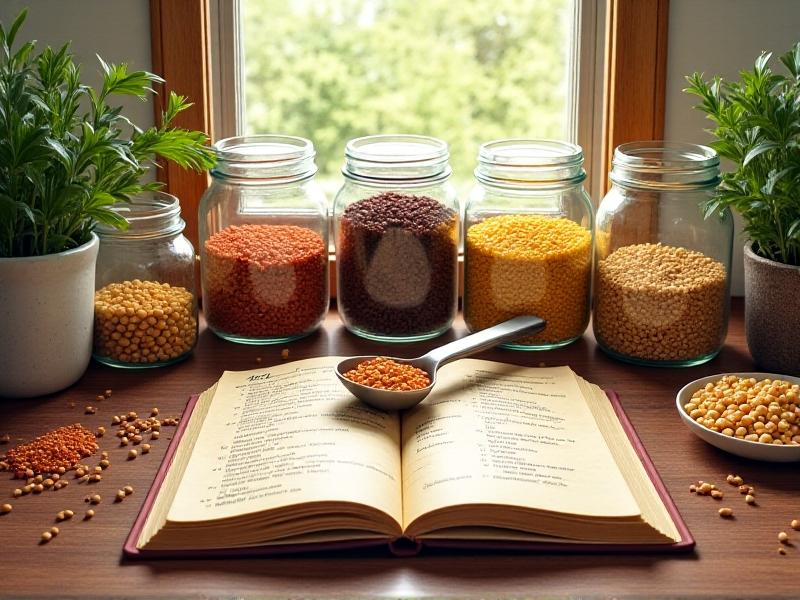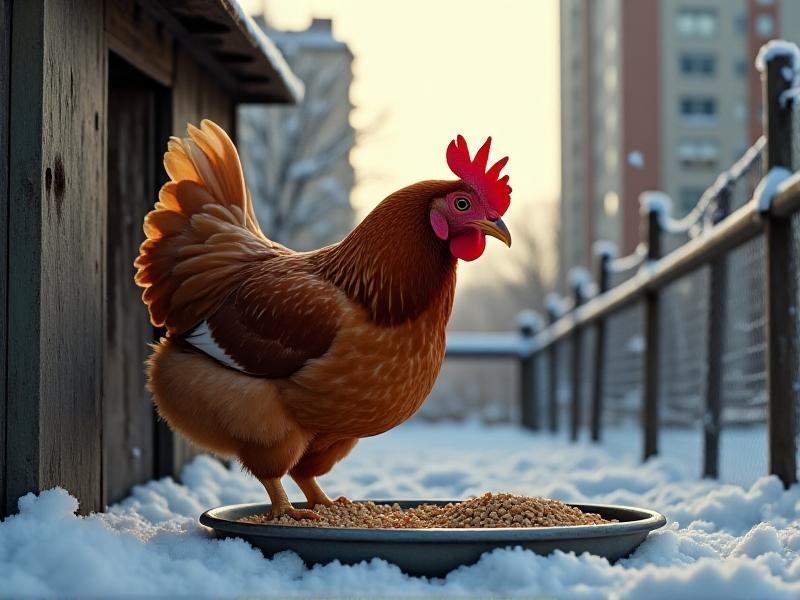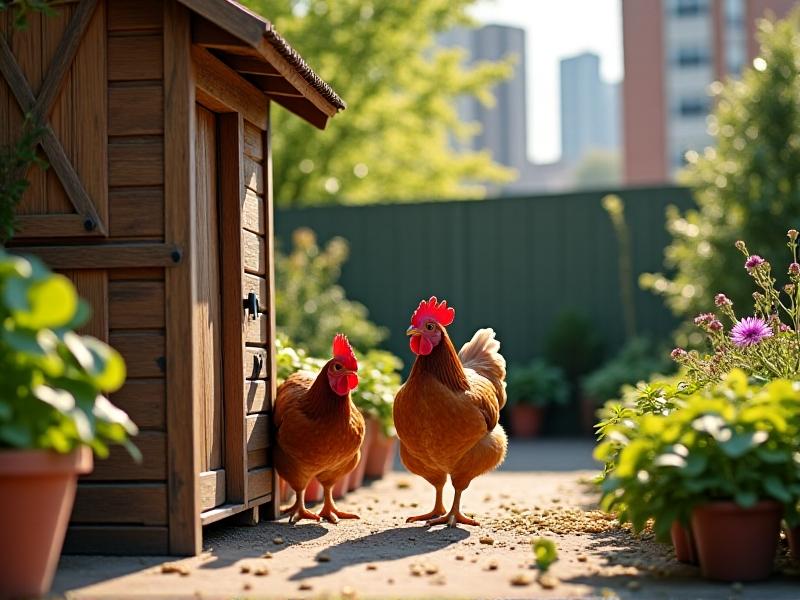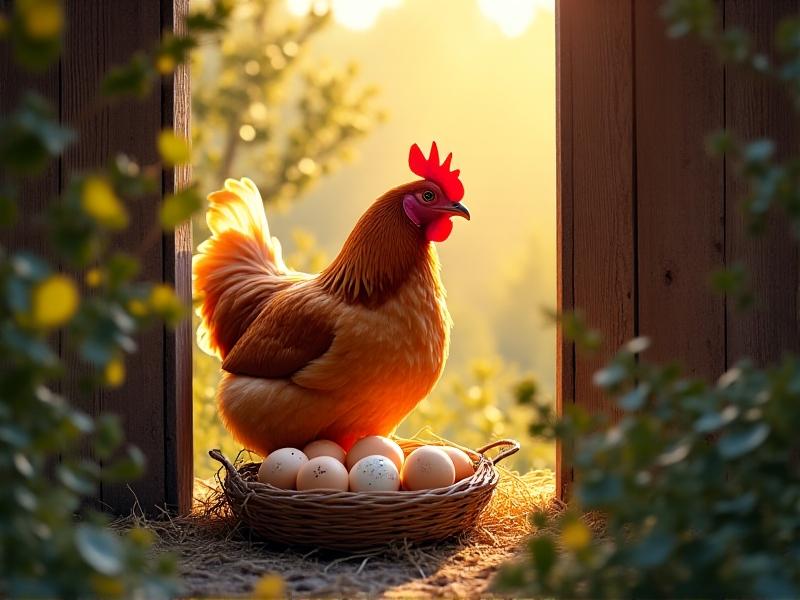DIY Chicken Feed: Small-Batch Formulas for City Flocks
The Rise of Urban Chicken Keeping

City dwellers are increasingly embracing backyard poultry, transforming patios, rooftops, and tiny yards into mini-farms. Urban chicken keeping offers fresh eggs, natural pest control, and a connection to food sources, even in concrete jungles. Local ordinances often limit flock sizes, making small-scale care feasible for busy lifestyles. This shift has sparked interest in tailoring feed to meet the unique needs of city chickens, which may forage less than rural flocks but still require optimal nutrition.
Why Small-Batch DIY Feed Makes Sense for City Flocks

Commercial feeds often come in 50-pound bags—impractical for urban storage and prone to spoilage in humid apartments. Small-batch DIY recipes let you control ingredient quality, reduce waste, and adjust formulas for molting, egg production, or heat waves. Homemade blends also allow you to incorporate kitchen scraps or locally sourced grains, reducing your flock’s carbon footprint while catering to their preferences.
Essential Ingredients for Homemade Chicken Feed

A balanced mix includes proteins (soybean meal, black soldier fly larvae), carbohydrates (corn, barley), fats (sunflower seeds), and calcium (oyster shell). Layer hens need 16-18% protein, while younger birds require higher levels. Additives like kelp powder boost trace minerals, and garlic powder can deter parasites. Always avoid toxic ingredients like raw beans or avocado pits.
Sourcing Local and Sustainable Ingredients in the City

Check ethnic grocery stores for bulk grains, connect with community gardens for surplus produce, or join a co-op for organic soybean meal. Online retailers like Azure Standard deliver farm-grade ingredients to urban hubs. Some cities have “scratch and salvage” stores selling discounted grains. For protein, consider mealworm farms—compact enough for apartment balconies.
Creating Balanced Recipes: Sample Formulas to Try
Basic Layer Blend: 40% cracked corn, 30% wheat, 20% peas, 5% oyster shell, 5% sunflower seeds. High-Protein Mix: 35% soybean meal, 25% millet, 20% barley, 15% fish meal, 5% flaxseed. Always provide grit for digestion. For treats, toss spent grain from local breweries or wilted salad greens.
Seasonal Adjustments for Year-Round Nutrition
In summer, replace calorie-dense corn with hydrating watermelon rinds and increase electrolytes via chia seeds. Winter demands extra calories—add oats and barley for energy. During molt, boost protein to 20% with dried crickets or fish meal. Adjust portions if your flock supplements with forage.
Storing Small-Batch Feed in Compact Urban Spaces
Use 5-gallon food-grade buckets with gamma seals to keep pests out. Store in cool, dark closets or under beds. Vacuum-sealing portions extends freshness. Freeze surplus mealworms or larvae to prevent pantry moths. For tiny spaces, repurpose glass jars and label them with mixing dates.
Cost Comparison: DIY vs. Commercial Feed
A 50-pound commercial layer pellet costs $25–$35. DIY equivalents average $0.50–$0.70 per pound if buying bulk ingredients. Savings soar when incorporating food scraps or seasonal surpluses. Initial investments (storage containers, scales) pay off within six months for a flock of three hens.
Troubleshooting Common Mixing and Feeding Issues
If hens avoid your mix, try toasting grains for aroma. Loose droppings may signal excess protein; adjust ratios. For picky eaters, mix DIY feed with commercial crumbles initially. Always monitor eggshell quality—thin shells indicate calcium deficits. Keep a backup bag of pellets for recipe tweaks gone wrong.
Safety Tips for Handling and Preparing Chicken Feed
Wear gloves to avoid cross-contamination. Never use moldy grains—aflatoxins can kill poultry. Sanitize mixers and buckets monthly with vinegar solutions. Store feed away from cleaning chemicals. Keep recipes rodent-proof by using metal containers. Always provide fresh water to aid digestion of dry mixes.








